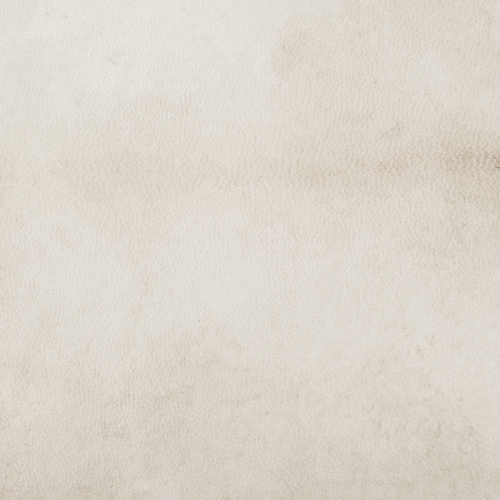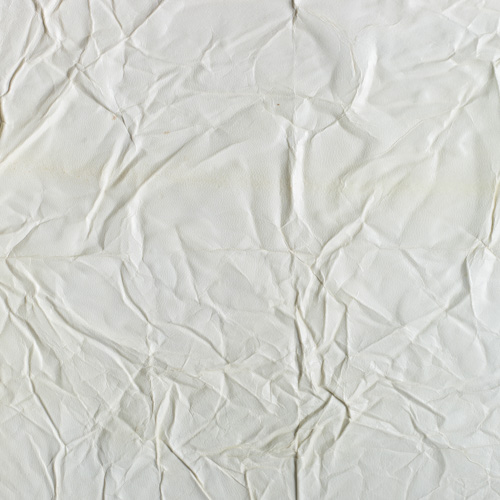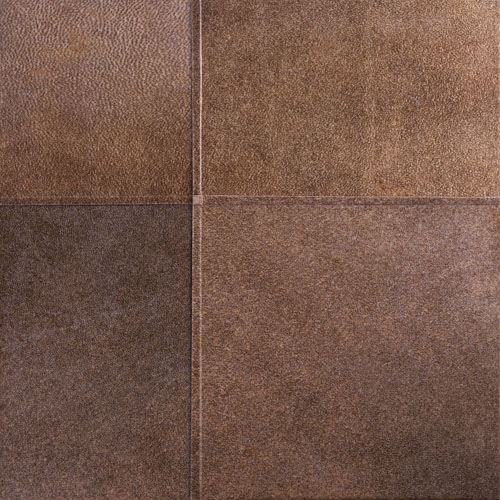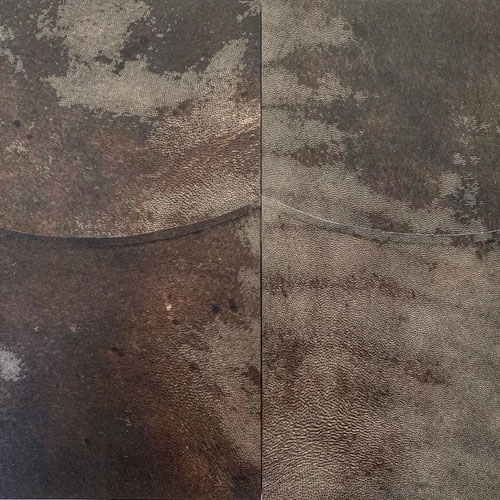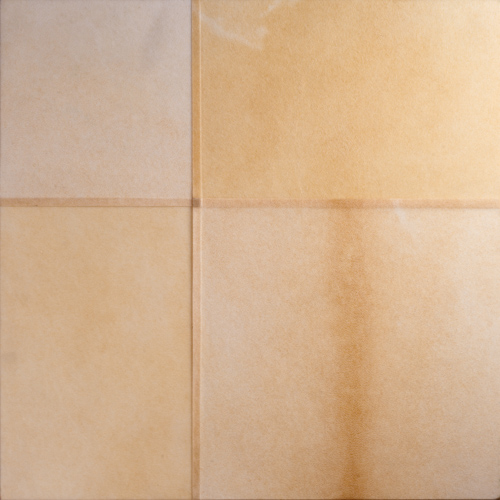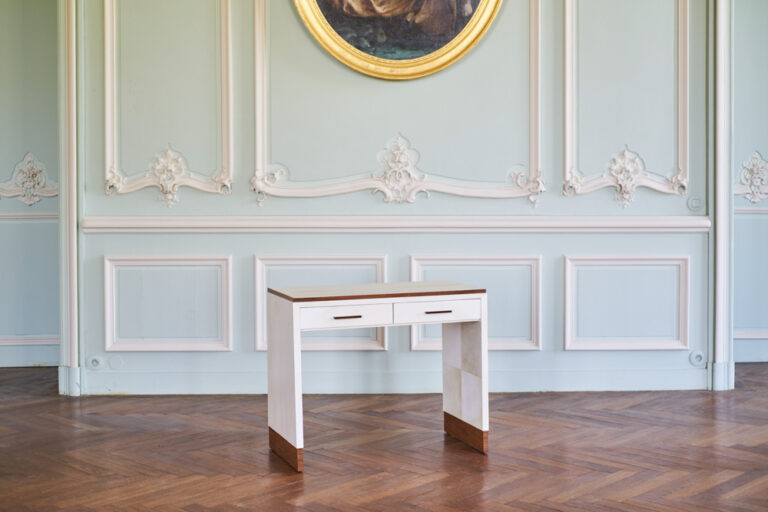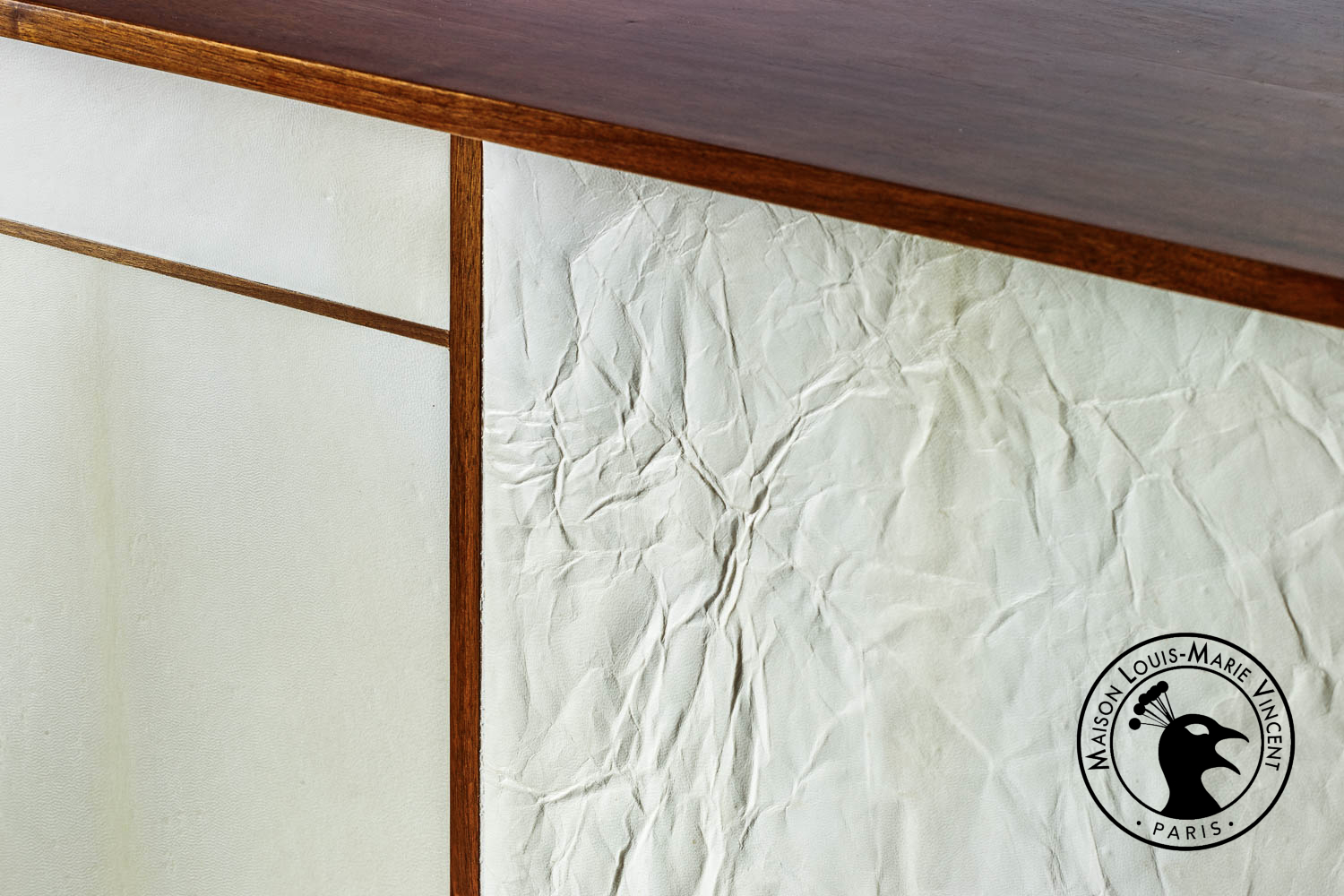
Parchment is made from the skin of sheep, goats or calves, especially stillborn calves, from which very fine parchment is obtained, known as vellum, but also, more rarely, from deer, pig, donkey or rabbit.
From this skin, only the dermis is preserved, which is then immersed in a lime bath. After air-drying, the skin is given a color that varies from white to cream, black to brown and even reddish-brown, depending on the animal.
Each hide is unique, and its quality varies according to its thickness, suppleness, grain, texture and color.
Parchment first appeared in antiquity. In the Middle Ages, parchment was the preferred medium for illuminated manuscripts and sacred books. Indeed, despite its high cost, parchment offered several advantages: it was non-friable and highly resistant, could be used on both sides, could be reused by scraping, and could be rolled or folded.
Its golden age lasted until the 15th century. Parchment was replaced by paper from China, which was much less expensive. It reached its apogee during the Art Deco period and into the 50s, under the influence of the French decorator Jean-Michel Frank, among others. Today, parchment is considered a luxury material.
MAISON LOUIS-MARIE VINCENT wishes to preserve an ancestral know-how that is on the verge of extinction, especially as parchment is an eco-responsible material, since it is derived from the recycling of a waste product from the agri-food industry.
After several years of research, MAISON LOUIS-MARIE VINCENT invented the crumpled parchment technique which enhances fine furniture decors and fronts through the contrast and volume of the material.
